Description
The Tilefish is an eminent and traditional marine species of tropical waters. It inhabits the entire Brazilian Atlantic coast from the State of Rio de Janeiro, through Espírito Santo to Rio Grande do Sul, being demersal (that is, living on the seabed above 50 meters deep).
TileFish (Lopholatilus villarii) inhabits sandy bottoms of deep and salty waters. Individuals can grow to 42 inches and they are different from other members of the tilefish family by the large crest on their head.
The Tilefish are found in deep waters (200 to 1400 feet). They are bottom feeders with strong teeth, and feed on shrimp, crabs, shellfish, sea urchins, sea cucumbers, squid, and an occasional fish.
The Tilefish is also known in Brazil as Batata da lama.
Biology and distribution
Tilefish grow slowly, up to 43 inches, and their life span is of approximately 30 years, but radiometric dating techniques indicate tilefish may live as long as 50 years. Average harvested size is 24 inches. They are also a scaled fish with a robust, elongated body and a wide mouth with thick lips.
Males have a larger crest than females and they are able to reproduce when they reach 13 inches long and 3 pounds (approximately 2 to 4 years old).
Tilefish spawn from March through November in the Atlantic and they are protogynous hermaphrodites, meaning they begin life as females and transition into males later in life.
Tilefish grow slowly, up to four feet in length (one meter) although most are harvested at two feet in length. Females live up to 46 years old and males up to 39 years old. They reach maturity between two and four years old when they are about 13 inches (33 centimeters) in length and weigh three pounds.
As tilefish become larger they tend to live at greater depths. Tilefish do not school, but group in clusters near the heads and sides of submarine canyons along the outer continental shelf. The predominant fishing method is longlining with the greatest catch taken during the daylight hours. Adults can weigh an average of 10-25 pounds all the way up to 50 pounds, the common size catched in Brazil is 10-20 lbs.
Health benefits:
Tilefish are low in sodium. They are a good source of niacin and phosphorus, and a very good source of protein, vitamin B12, and selenium.
Their diet of crab and shrimp, etc. make Tilefish an extra lean fish.
Culinary profile
Tilefish yield thick fillets and the meat is pinkish-white but cooks up white with a firm, flaky texture. The flavor is mild but distinctive, often compared to lobster or crab, which is not surprising, since the tilefish’s diet is largely crustaceans.
The mild-tasting tilefish offers chefs many options. Pan searing is a good choice of methods, since tilefish holds together well, a quality that also makes it good in soups and stews. Cook the thick fillets at a high initial heat to help seal in juices and keep the meat moist. With its firm texture and clean taste, tilefish also is a good candidate for sashimi or sushi.
- Flavor: Sweet
- Texture: Firm
- Oil: Medium
Servings guide</h2
- Whole or drawn fish: 3/4 to 1 pound per serving.
- Dressed or cleaned fish: 1/2 pound per serving.
- Fillets or steaks: 1/4 to 1/3 pound per serving.
Cooking Methods
- Broil
- Fry
- Poach
- Saute
Cooking guide
- Keep raw and cooked seafood separate to prevent bacterial cross-contamination.
- After handling raw seafood thoroughly wash knives, cutting surfaces, sponges and your hands with hot soapy water.
- Always marinate seafood in the refrigerator.
- Discard marinade; it contains raw juices which may harbor bacteria.
- When marinade is needed for basting reserve a portion before adding raw seafood.
- The general rule is 10 minutes per inch of thickness, at the thickest part of the fillet or steak, at 400-450 degrees F.
- If fish is cooked in parchment, foil or a sauce, add 5 minutes to the total cooking time.
- Fillets less than 1/2 inch thick do not need to be turned during cooking.
- Fish cooks quickly. Do not overcook.
- Fish is done when the flesh becomes opaque and flakes easily when tested with a fork.
- Poaching, steaming, baking, broiling, sautéing, microwaving are excellent low-fat cooking methods, if you do not add high fat ingredients.
- Marinate in your favorite salad dressing prior to cooking.
- Broil, bake, steam or microwave, then cube and add to pasta or salad greens for a delicious salad.
- Broil or grill with lime-butter and seasoned salt.
- Oil the grill to prevent fish from sticking.
- Bake whole fish with a crab or shrimp stuffing.
- Add leftover fish in broken pieces to salads, soups or sauces.
Tilefish videos
Tilefish articles
Nutrition facts
- Serving size: 3 ounces
- Calories: 96 kcal
- Protein: 17.5 grams
- Total fat: 2.31 grams
- Saturated fatty acids: 0 grams
- Cabohydrates: 0.00 mg
- Sodium: 53.00 mg
- Omega 3: 0.5 grams
- Selenium: 36.5 mcg
- Selenium: 53 mg

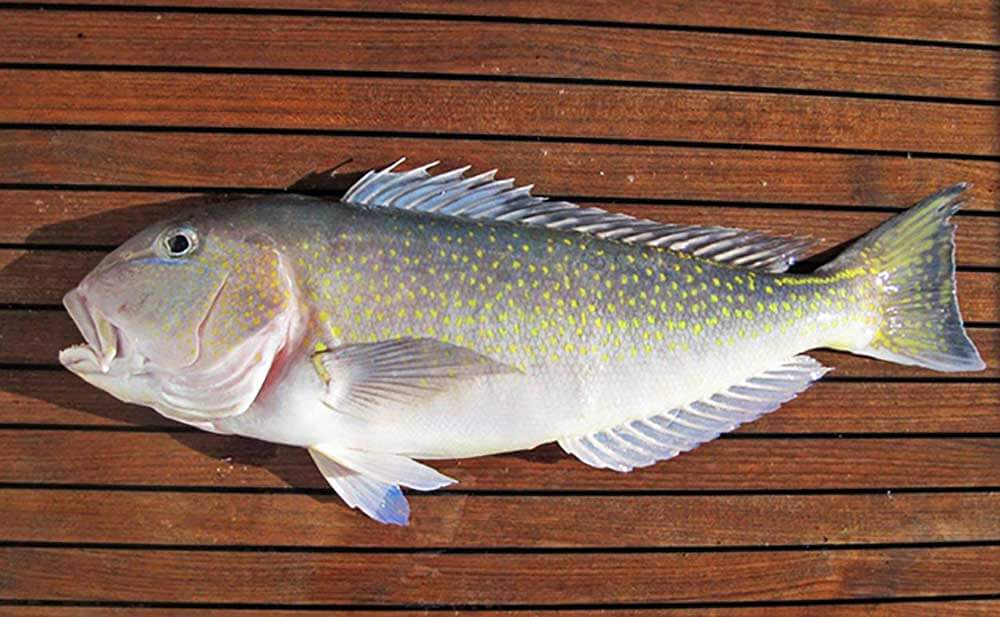
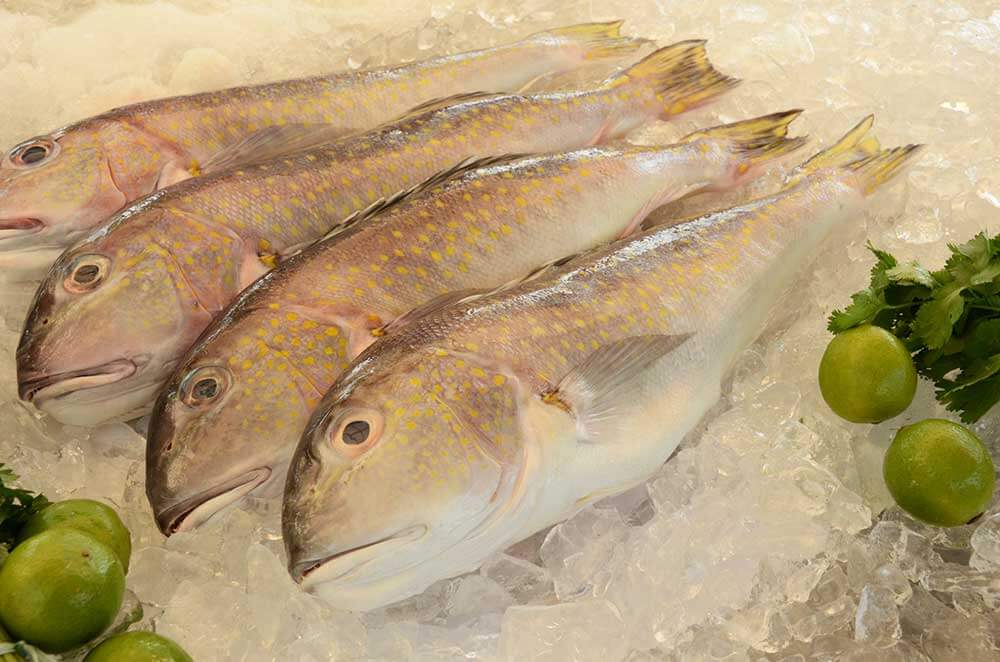

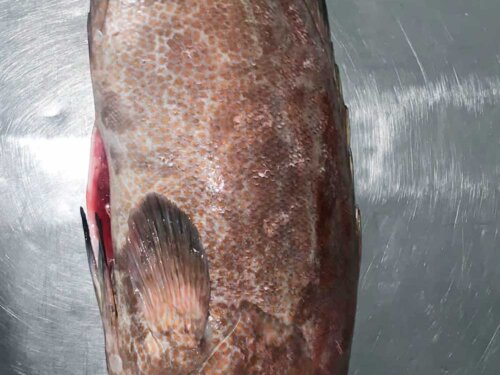
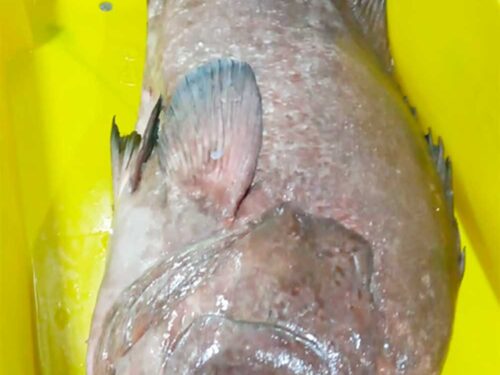
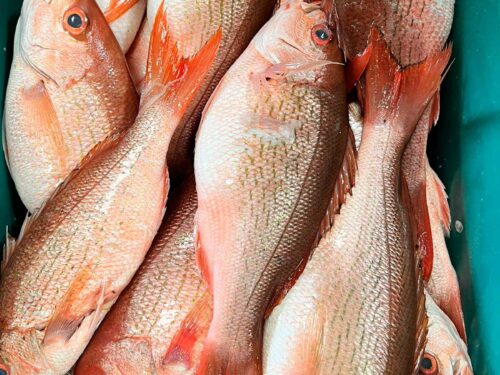
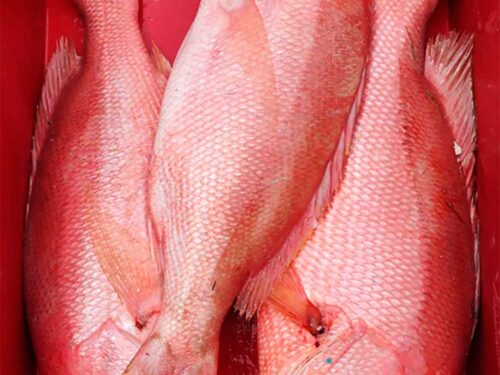
Reviews
There are no reviews yet.